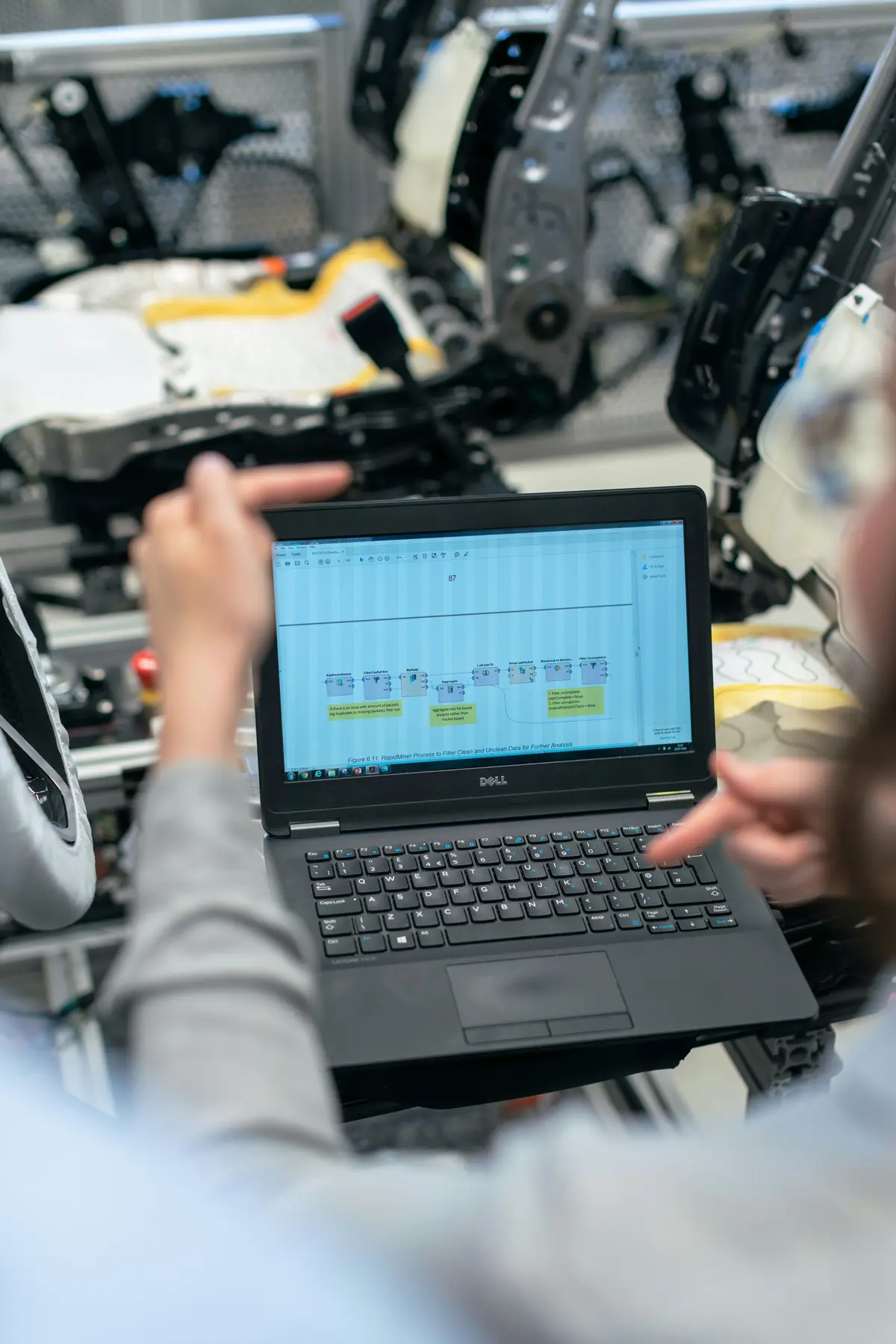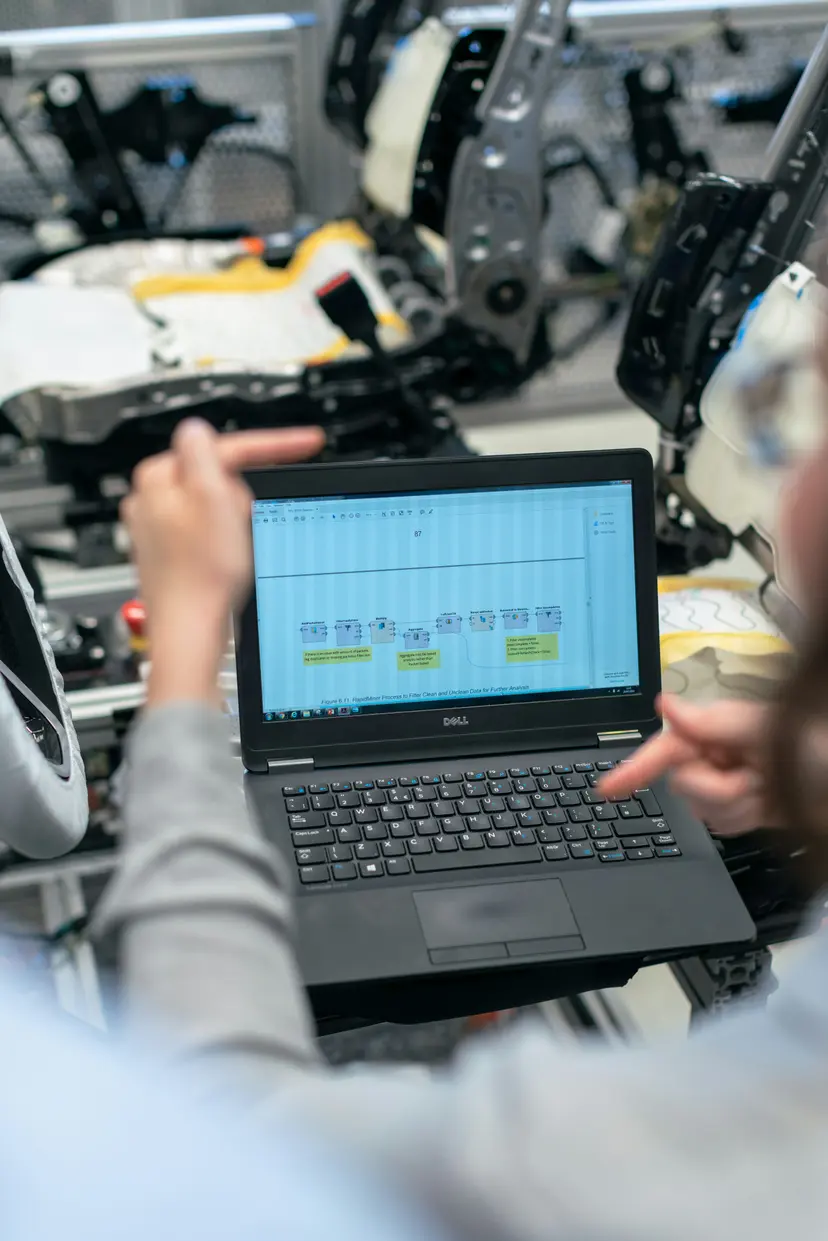Electrical and Electronics Engineering (EEE) is a dynamic field that combines principles of electrical circuits, electronics, and electromagnetism to develop technologies that power modern infrastructure. From designing electrical power grids to optimizing communication networks, EEE plays a crucial role in today's world.
Key Areas of EEE
1. Circuit Theory
Circuit theory is the foundation of EEE, focusing on how electric currents flow through networks of electrical components such as resistors, capacitors, inductors, and transistors. Engineers use Kirchhoff's Laws, Ohm's Law, and Thevenin’s Theorem to analyze complex circuits, ensuring stability and efficiency in electrical systems.
Understanding circuit theory is vital for designing everything from household electronics to large-scale electrical grids. Circuit analysis techniques help identify power loss, optimize energy distribution, and improve the performance of electronic devices.
2. Power Systems
Power systems engineering deals with the generation, transmission, and distribution of electrical energy. The development of smart grids and renewable energy integration has transformed how we think about power systems today.
Key components of power systems include:
- Transformers: Devices that step up or step down voltage levels for efficient energy transmission.
- Power Generators: Sources of electrical power, including fossil fuel, hydroelectric, wind, and solar energy systems.
- Load Flow Analysis: A technique used to determine the optimal operating conditions of electrical grids, ensuring stable power distribution across cities and industries.
The transition to renewable energy sources, such as solar and wind, highlights the growing importance of sustainable power systems in combating climate change.
3. Control Systems
Control systems are used to manage and regulate the behavior of machines, processes, and systems. By applying feedback control loops, engineers ensure that systems operate within desired parameters.
There are two primary types of control systems:
- Open-loop systems: Operate without feedback, such as a simple electric heater.
- Closed-loop systems: Use feedback to adjust system performance in real time, such as a thermostat-controlled air conditioning unit.
Control systems play a crucial role in industrial automation, robotics, and even the development of autonomous vehicles.
4. Signal Processing
Signal processing involves the analysis and manipulation of electrical signals for communication and data transmission. Techniques like Fourier transforms and filtering help remove noise and improve the clarity of signals in applications like audio, video, and telecommunications.
Digital signal processing (DSP) is key in modern devices, from smartphones to medical imaging equipment. Engineers design systems that convert analog signals into digital forms for efficient storage, transmission, and analysis.
5. Electromagnetism and Electromagnetic Compatibility (EMC)
Electromagnetism is the study of electric and magnetic fields, which is fundamental to understanding motors, generators, and transformers. Engineers must also consider electromagnetic compatibility (EMC) to ensure that electrical devices function properly without interfering with each other. This is critical in environments where many electronic devices operate in close proximity, such as hospitals and aircraft.
6. Renewable Energy Systems
With growing environmental concerns, renewable energy systems have become a core focus of EEE. Technologies like photovoltaic (PV) cells, wind turbines, and battery storage systems harness natural energy sources and convert them into electricity.
Inverters and DC-AC converters are essential in renewable systems to ensure that power generated from these sources can be used in conventional AC electrical grids. Engineers also optimize power electronics to manage the variable nature of renewable energy, ensuring a steady supply of electricity even when the sun isn't shining or the wind isn't blowing.
Applications of EEE in Modern Industries
The concepts of EEE are applied across various industries:
- Telecommunications: Signal processing, antennas, and transmission lines enable global communication.
- Aerospace: Control systems ensure the safe operation of aircraft and spacecraft.
- Automotive: Electric vehicles rely on battery systems, power electronics, and control systems.
- Healthcare: Biomedical devices use electrical circuits and signal processing for diagnostics and treatment.
The Role of EEE in Sustainable Development
As the world shifts towards a more sustainable future, EEE engineers are at the forefront of developing energy-efficient technologies. Innovations such as smart grids, electric vehicles (EVs), and energy storage solutions are helping reduce carbon emissions and create a cleaner energy landscape.
The integration of renewable energy sources into existing power grids presents both challenges and opportunities. EEE engineers are tasked with designing solutions that accommodate the intermittent nature of renewables while ensuring grid stability.
Conclusion
Electrical and Electronics Engineering is a field that continuously evolves with technological advancements. From the basics of circuit theory to the complexities of renewable energy systems, EEE touches nearly every aspect of modern life. As the demand for sustainable solutions grows, so too does the need for skilled EEE engineers capable of designing systems that power a cleaner, more efficient world.
Credits
- Photo by Laurens van der Drift on Unsplash

